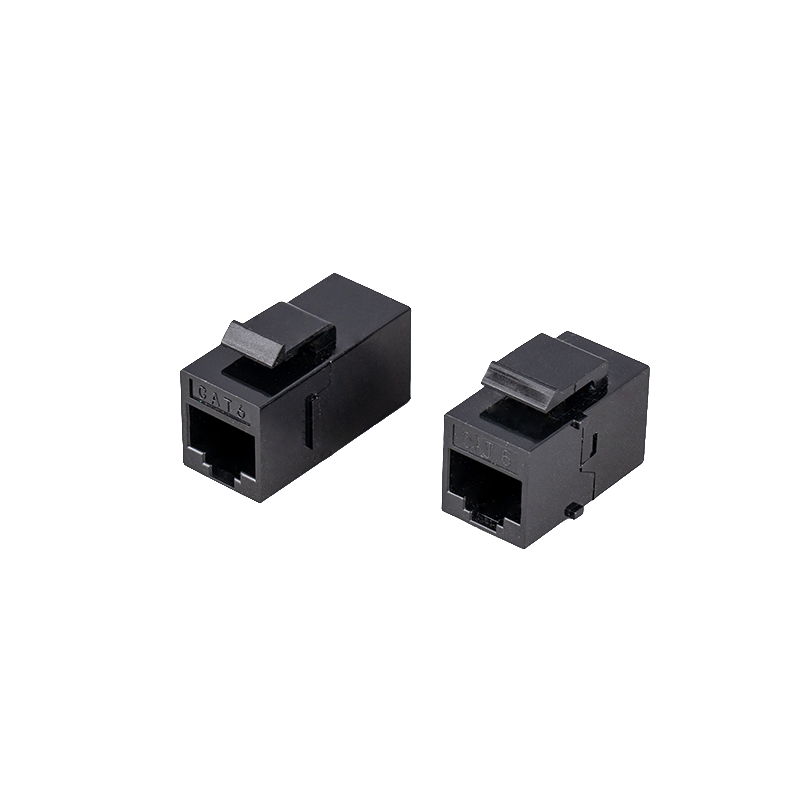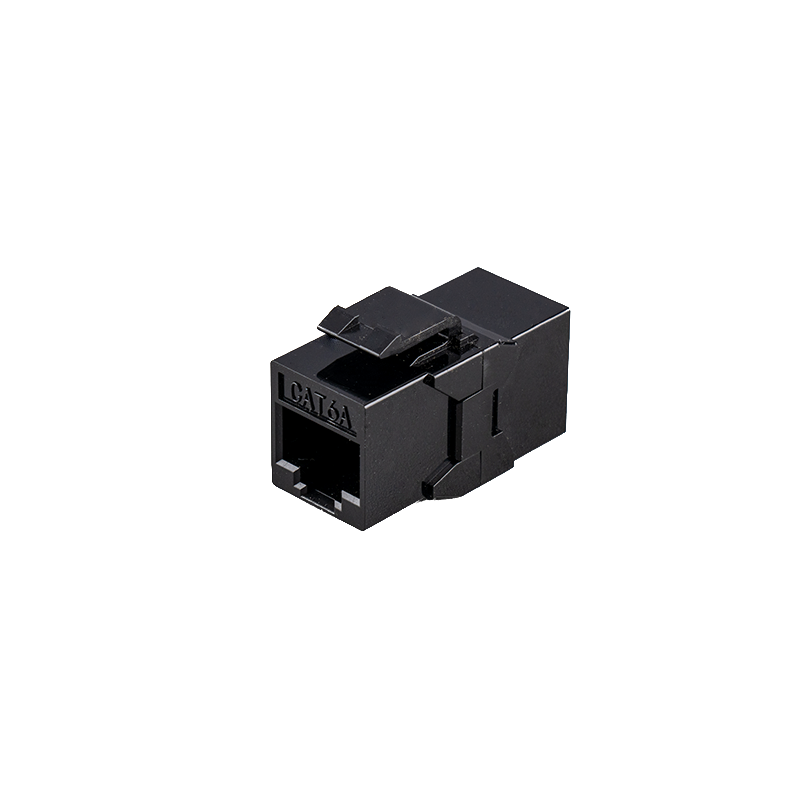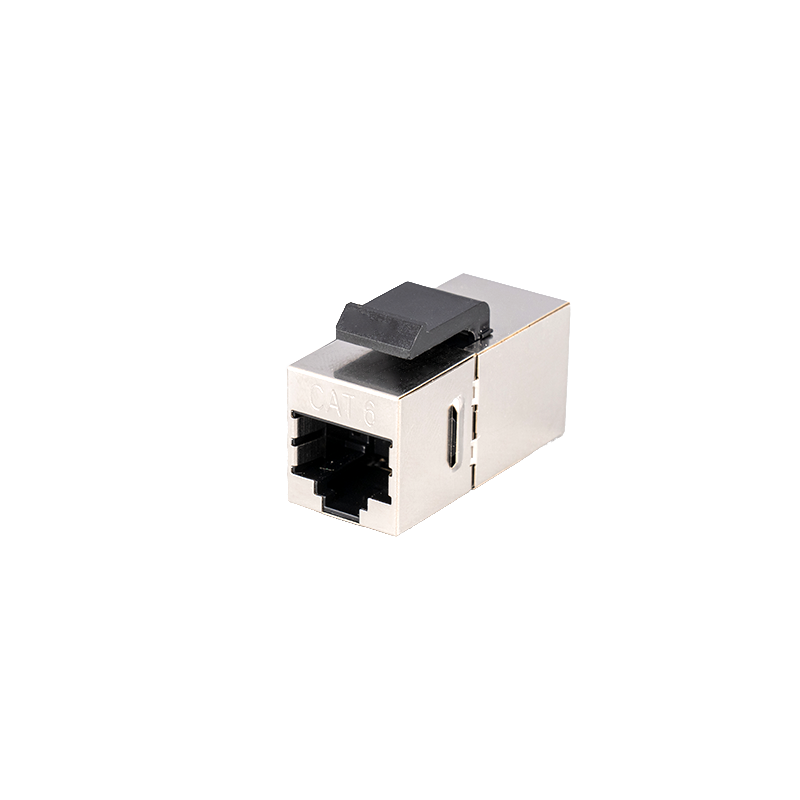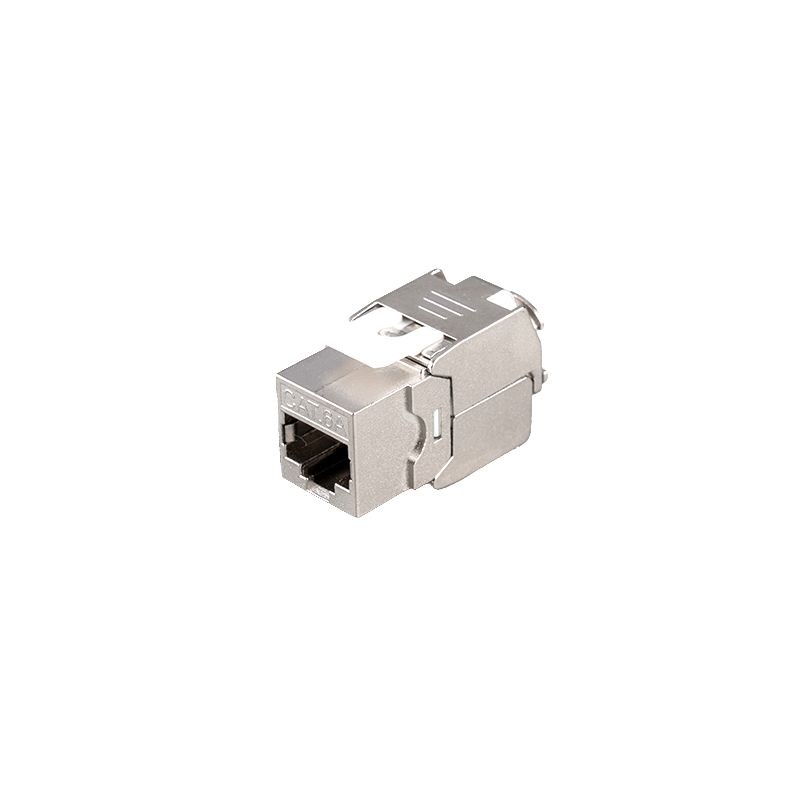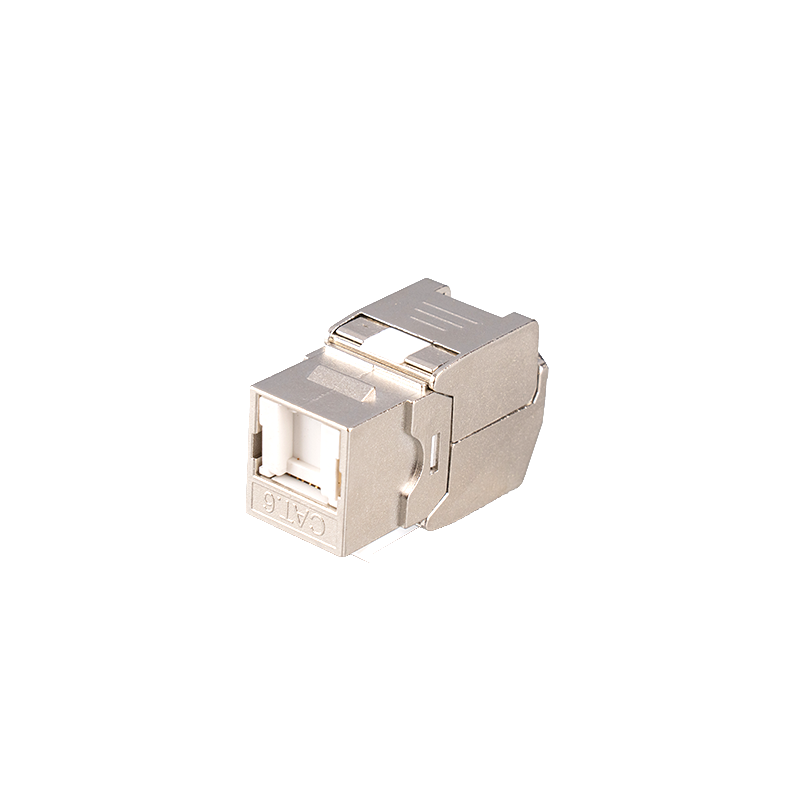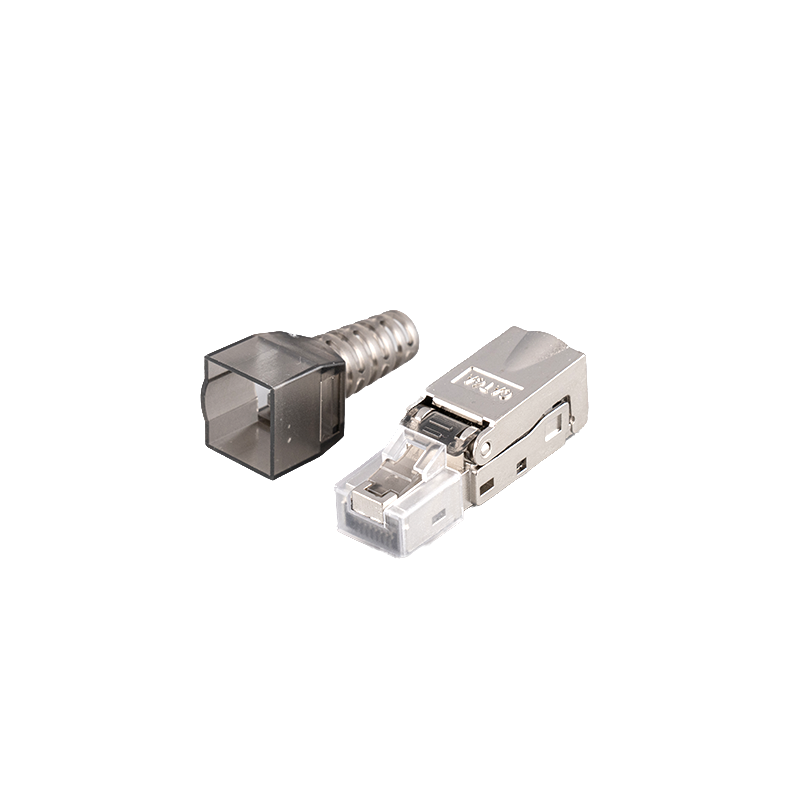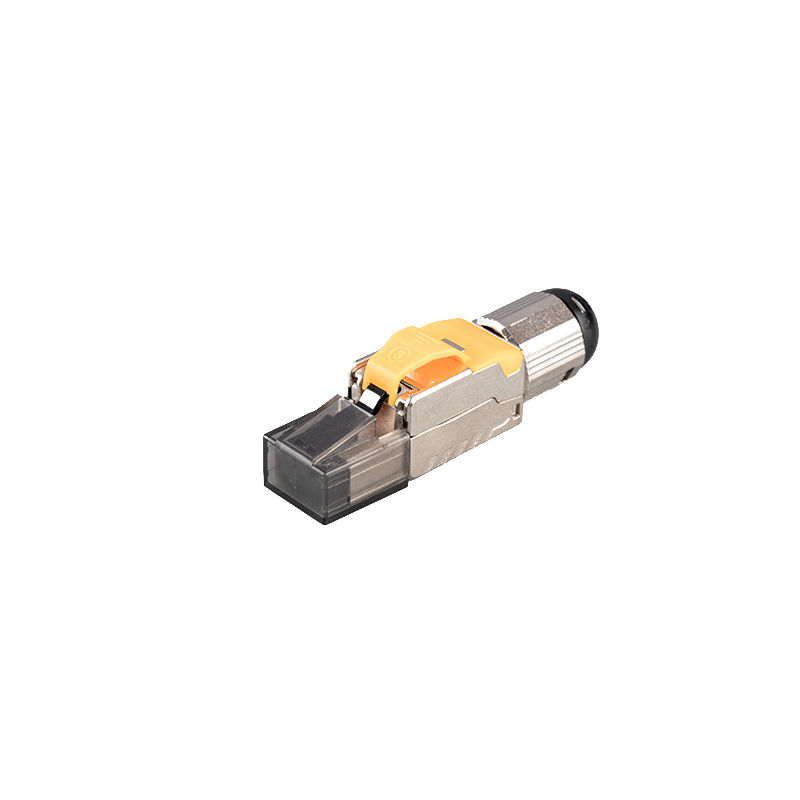
Is it necessary to use an anti-static brush to clean dust from ports on the patch panel?
Using anti-static brushes to clean port dust is a very beneficial practice when maintaining and servicing patch panels. The following is a point by point introduction:
1. Prevent static electricity from damaging equipment
Static electricity may damage interface circuits: Distribution frames are usually connected to sensitive network devices such as switches and routers, and ordinary brushes or dry cloths may generate static electricity during cleaning, damaging port circuits.
The anti-static brush has anti-static function: it can effectively release frictional charges, ensuring the safety of electronic components such as ports and jumpers.
2. Keep the port clean to ensure connection quality
Dust may interfere with signal transmission: If RJ45 or fiber optic ports accumulate too much dust, it may cause poor signal contact or attenuation.
Regular cleaning to avoid oxidation and corrosion: Moisture and impurities in dust can easily cause oxidation of the metal part of the port, affecting its service life.
3. Advantages of using anti-static brushes
Soft and non damaging ports: The bristles are soft, tough, and fine, allowing for deep cleaning without scratching the interface or jumper ends.
Easy to operate, low cost: The tools are simple and suitable for daily maintenance, with low investment costs but significant results.
High safety: No static electricity accumulation occurs during use, avoiding equipment damage caused by accidental contact.
4. Recommended usage scenarios
Computer rooms and data centers: These places require high network stability and require more professional cleaning and maintenance.
Long term uncleaned patch panels: environments with high dust accumulation are more suitable for regular cleaning with anti-static brushes.
High humidity or dusty environments: such as industrial sites or areas without air conditioning control, are more prone to dust accumulation.


 英语
英语 中文简体
中文简体





